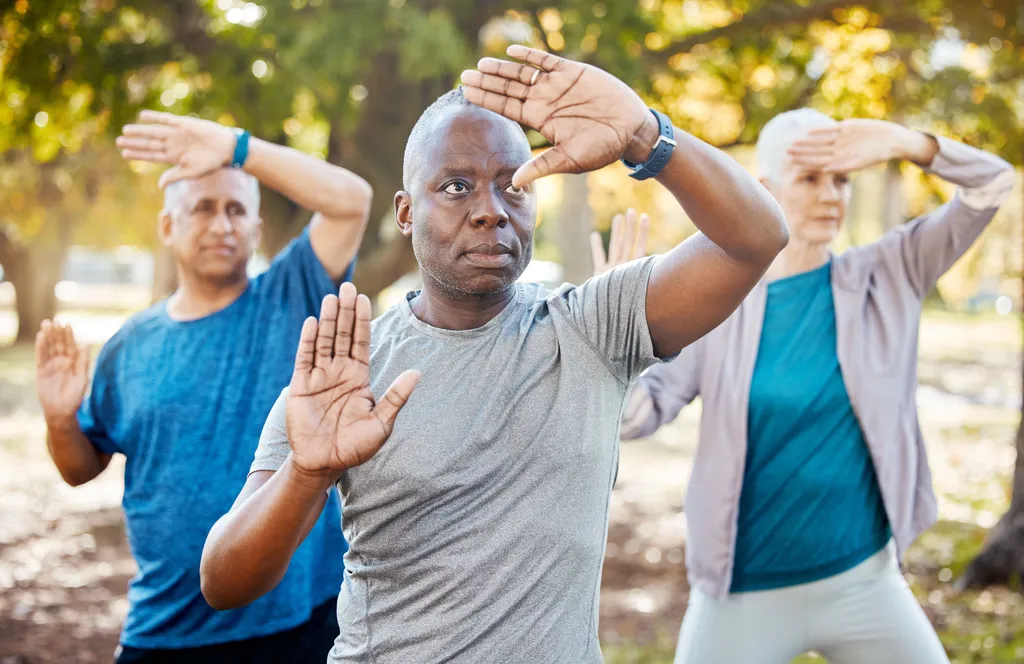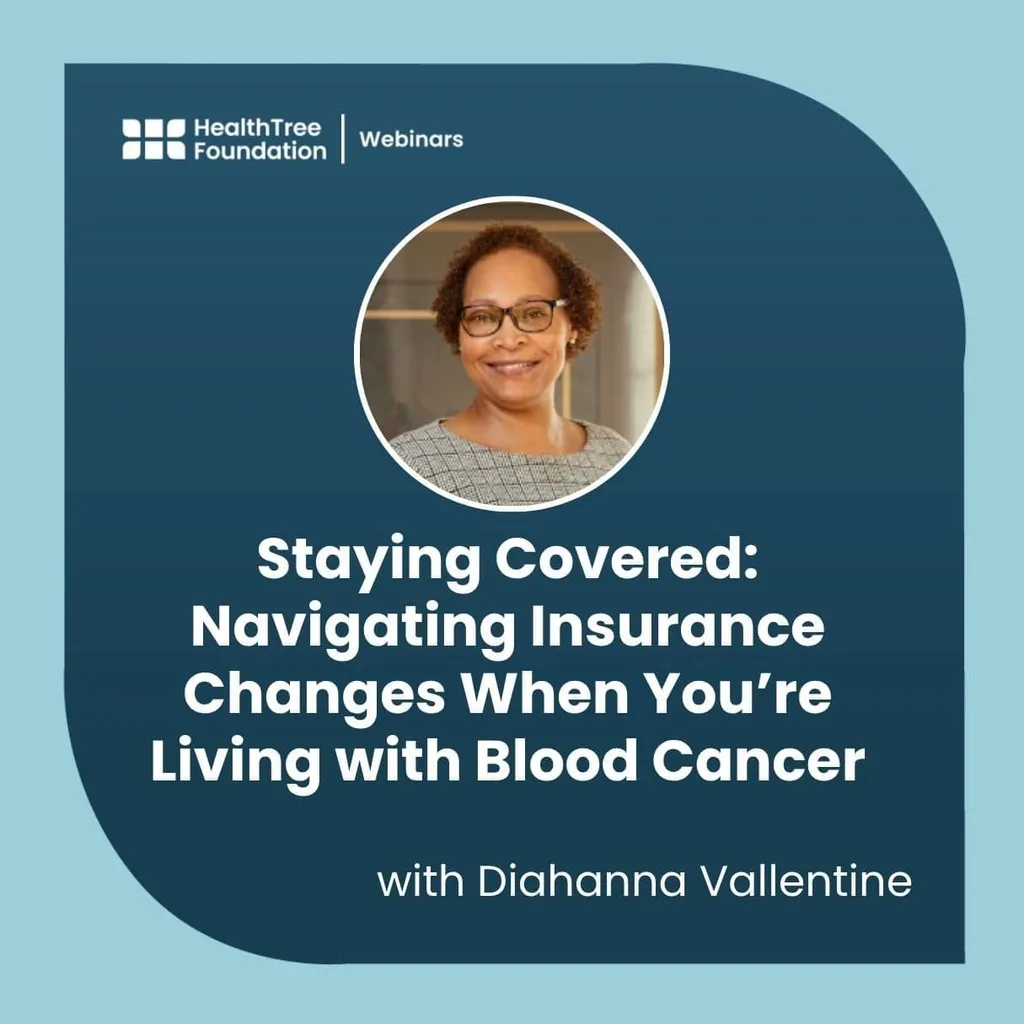Connecting Our ASH Experience with our Role as Myeloma Coaches

By: Elise Martin, Myeloma Coach
Returning home from the ASH conference, my husband and I had occasion to try to synthesize and apply our ASH experience to our role as Myeloma Coaches, as there were several messages waiting for us from current and new coaching “buddies”. Those questions were as varied as the people who sent them, but they fell into a few common categories:
PLEASE HELP, I’M NEWLY DIAGNOSED AND TERRIFIED. WHAT CAN I EXPECT WITH THE DRUG (INDUCTION) THERAPY? WHAT IS A STEM CELL TRANSPLANT LIKE AND SHOULD I THINK ABOUT HAVING ONE? WHAT DOES MY FUTURE, IF I HAVE ONE, LOOK LIKE?
Ask your oncologist about Daratumumab. Phase 3 clinical trials adding Daratumumab to the current gold standard for induction therapy, Revlimid, Velcade and Dexamethasone (RVD), are demonstrating significantly improved rates of progression-free survival and achievement of negative-measurable residual disease status.
As always, it is your best interest to access the best care possible for your disease. Your local cancer center likely treats very few patients with multiple myeloma, and their knowledge of and access to clinical trials is likely limited. If you live at a distance from a major cancer center with a well-known myeloma clinic, consider coordinating your local care with their significant expertise.
To stem cell transplant or not to stem cell transplant? We heard this topic debated among expert hematologists at ASH, with a majority (but not all) leaning towards transplant if the patient was considered “eligible” (factors including age, frailty, co-morbidity factors). If nothing else, the transplant provides the patient with several months without any myeloma treatment, which my husband and I look back on as a “honeymoon” period. I kept a journal prior to and during my husband’s stem cell transplant which I offer to share with our coaching buddies, providing them a sense of our experience.
We came away from ASH heartened by presentations that described improving overall survival increased lines of treatment and promising new immunotherapies for relapsed and refractory patients. There is not yet a “cure” for myeloma, but the research and development of new treatment therapies and associated overall survival suggest that such a day may be in many of our lifetimes.
WHAT DID YOU LEARN THAT COULD BE RELEVANT AND HELPFUL TO MY SMOLDERING MYELOMA CONDITION AND TREATMENT OPTIONS?
Talk to your oncologist about Daratumumab clinical trials. Daratumumab plus Revlimid, Velcade and Dexamethasone or other induction triplets is showing significant impact in terms of progression free survival for newly diagnosed multiple myeloma patients and is likely to soon be approved as the new protocol induction therapy for all newly diagnosed patients.
At a presentation titled “Approaches To Achieve the Best Possible Outcomes in Myeloma", we heard Dr. Vincent Rajkumar present the idea that smoldering multiple myeloma as disease status classification is undergoing a “paradigm shift” and is now considered by many to be an “artificial clinical condition” between benign monoclonal gammopathy of undetermined significance (MGUS) and active disease. He suggests that it is increasingly possible, with improved diagnostic tools, to differentiate between MGUS patients who are likely to remain in the benign condition and those who will progress to active disease.
WE’RE EXCITED TO HEAR WHAT YOU LEARNED THAT ADDS TO OUR EXISTING KNOWLEDGE BASE ABOUT MYELOMA TREATMENT AND PATIENT LONGEVITY!
We were happy to learn that with new myeloma FDA-approved drugs (and many more in clinical trials) and the resulting multiple combinations possible, patients can be treated for up to 5 relapses of myeloma. This was encouraging to all of the Myeloma Coaches in attendance, with one currently a 15 year survivor, and others of us hopefully on our way to similar outcomes.
Also reinforced was the idea that myeloma is as individual a disease as the bodies it inhabits, with perhaps no two disease paths exactly the same. One of our Coaches has been in stringent complete response for three years, taking no maintenance drug therapy. Some of the coaches had achieved measurable residual disease-negative and maintained it for periods of time, others hadn’t but instead hovered in a very good partial response. Not all of the Coaches/spouses (who were patients) had had a stem cell transplant.
We were a little disheartened to learn that CAR-T, which we have been holding in our hands as the golden “cure” that would soon be available for relapsed or refractory patients is not yet there and has not yet demonstrated the same success rates for myeloma patients as it has for lymphoma patients. But we were excited to learn more about BCMA-targeted therapies that are showing increasingly promising results with patients, and see that as perhaps the replacement to CAR-T as having the potential to significantly increase overall survival for myeloma patients down the road.
By: Elise Martin, Myeloma Coach
Returning home from the ASH conference, my husband and I had occasion to try to synthesize and apply our ASH experience to our role as Myeloma Coaches, as there were several messages waiting for us from current and new coaching “buddies”. Those questions were as varied as the people who sent them, but they fell into a few common categories:
PLEASE HELP, I’M NEWLY DIAGNOSED AND TERRIFIED. WHAT CAN I EXPECT WITH THE DRUG (INDUCTION) THERAPY? WHAT IS A STEM CELL TRANSPLANT LIKE AND SHOULD I THINK ABOUT HAVING ONE? WHAT DOES MY FUTURE, IF I HAVE ONE, LOOK LIKE?
Ask your oncologist about Daratumumab. Phase 3 clinical trials adding Daratumumab to the current gold standard for induction therapy, Revlimid, Velcade and Dexamethasone (RVD), are demonstrating significantly improved rates of progression-free survival and achievement of negative-measurable residual disease status.
As always, it is your best interest to access the best care possible for your disease. Your local cancer center likely treats very few patients with multiple myeloma, and their knowledge of and access to clinical trials is likely limited. If you live at a distance from a major cancer center with a well-known myeloma clinic, consider coordinating your local care with their significant expertise.
To stem cell transplant or not to stem cell transplant? We heard this topic debated among expert hematologists at ASH, with a majority (but not all) leaning towards transplant if the patient was considered “eligible” (factors including age, frailty, co-morbidity factors). If nothing else, the transplant provides the patient with several months without any myeloma treatment, which my husband and I look back on as a “honeymoon” period. I kept a journal prior to and during my husband’s stem cell transplant which I offer to share with our coaching buddies, providing them a sense of our experience.
We came away from ASH heartened by presentations that described improving overall survival increased lines of treatment and promising new immunotherapies for relapsed and refractory patients. There is not yet a “cure” for myeloma, but the research and development of new treatment therapies and associated overall survival suggest that such a day may be in many of our lifetimes.
WHAT DID YOU LEARN THAT COULD BE RELEVANT AND HELPFUL TO MY SMOLDERING MYELOMA CONDITION AND TREATMENT OPTIONS?
Talk to your oncologist about Daratumumab clinical trials. Daratumumab plus Revlimid, Velcade and Dexamethasone or other induction triplets is showing significant impact in terms of progression free survival for newly diagnosed multiple myeloma patients and is likely to soon be approved as the new protocol induction therapy for all newly diagnosed patients.
At a presentation titled “Approaches To Achieve the Best Possible Outcomes in Myeloma", we heard Dr. Vincent Rajkumar present the idea that smoldering multiple myeloma as disease status classification is undergoing a “paradigm shift” and is now considered by many to be an “artificial clinical condition” between benign monoclonal gammopathy of undetermined significance (MGUS) and active disease. He suggests that it is increasingly possible, with improved diagnostic tools, to differentiate between MGUS patients who are likely to remain in the benign condition and those who will progress to active disease.
WE’RE EXCITED TO HEAR WHAT YOU LEARNED THAT ADDS TO OUR EXISTING KNOWLEDGE BASE ABOUT MYELOMA TREATMENT AND PATIENT LONGEVITY!
We were happy to learn that with new myeloma FDA-approved drugs (and many more in clinical trials) and the resulting multiple combinations possible, patients can be treated for up to 5 relapses of myeloma. This was encouraging to all of the Myeloma Coaches in attendance, with one currently a 15 year survivor, and others of us hopefully on our way to similar outcomes.
Also reinforced was the idea that myeloma is as individual a disease as the bodies it inhabits, with perhaps no two disease paths exactly the same. One of our Coaches has been in stringent complete response for three years, taking no maintenance drug therapy. Some of the coaches had achieved measurable residual disease-negative and maintained it for periods of time, others hadn’t but instead hovered in a very good partial response. Not all of the Coaches/spouses (who were patients) had had a stem cell transplant.
We were a little disheartened to learn that CAR-T, which we have been holding in our hands as the golden “cure” that would soon be available for relapsed or refractory patients is not yet there and has not yet demonstrated the same success rates for myeloma patients as it has for lymphoma patients. But we were excited to learn more about BCMA-targeted therapies that are showing increasingly promising results with patients, and see that as perhaps the replacement to CAR-T as having the potential to significantly increase overall survival for myeloma patients down the road.
about the author
Jennifer Ahlstrom
Myeloma survivor, patient advocate, wife, mom of 6. Believer that patients can contribute to cures by joining HealthTree Cure Hub and joining clinical research. Founder and CEO of HealthTree Foundation.
More on Navigating Your Health
Trending Articles
Upcoming Events




Get the Latest Multiple Myeloma Updates, Delivered to You.
By subscribing to the HealthTree newsletter, you'll receive the latest research, treatment updates, and expert insights to help you navigate your health.












